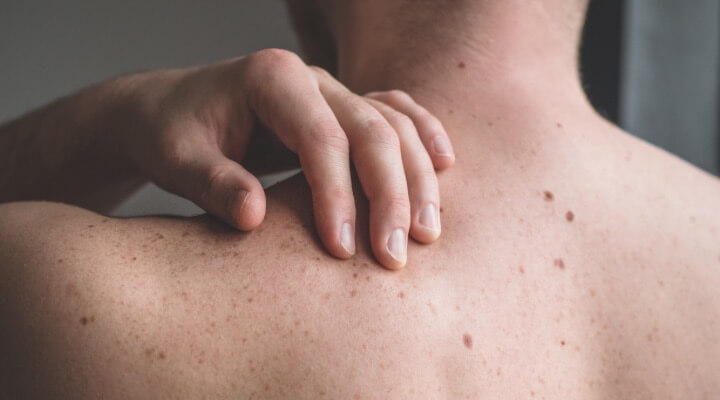Prevent Actinic Damage: Daily Skincare Tips
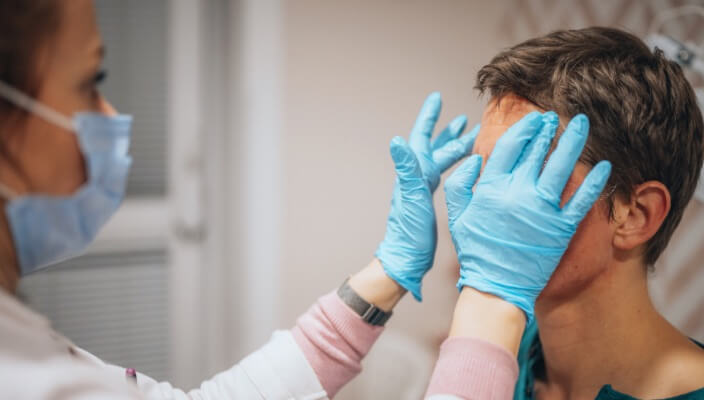 At Pinnacle Dermatology, we understand how crucial it is to protect your skin from the harmful effects of ultraviolet (UV) radiation. Actinic damage, which includes conditions like actinic keratosis (AK), can lead to serious issues such as skin cancer if left untreated. Fortunately, with the right daily skincare habits, you can help reduce your risk of developing actinic damage and maintain healthy skin for years to come.
At Pinnacle Dermatology, we understand how crucial it is to protect your skin from the harmful effects of ultraviolet (UV) radiation. Actinic damage, which includes conditions like actinic keratosis (AK), can lead to serious issues such as skin cancer if left untreated. Fortunately, with the right daily skincare habits, you can help reduce your risk of developing actinic damage and maintain healthy skin for years to come.
Examples Actinic-Keratosis
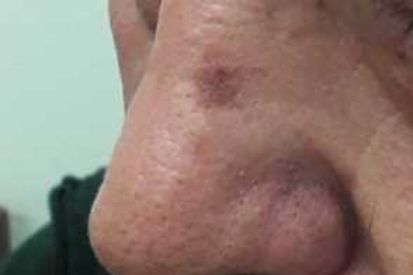
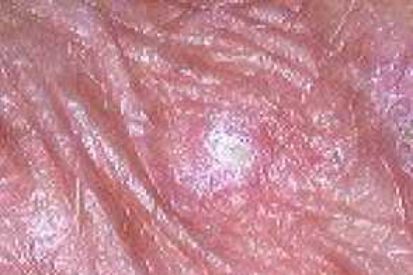
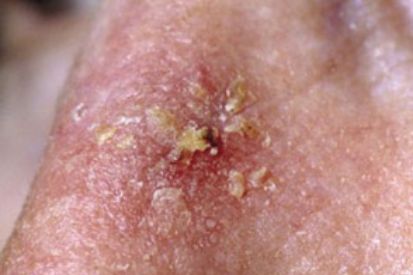
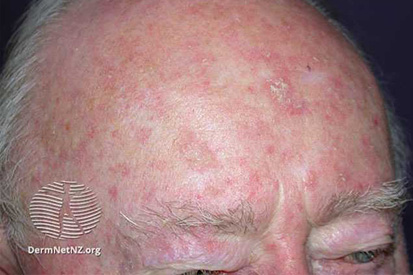
Understanding Actinic Damage
Actinic damage, also known as sun damage, occurs when your skin is exposed to excessive UV radiation from the sun or indoor tanning. The skin cells, particularly keratinocytes, are damaged by UV rays, which can lead to conditions such as actinic keratosis, a precancerous lesion. Over time, this damage can lead to the development of skin cancer, including squamous cell carcinoma and basal cell carcinoma.
The American Academy of Dermatology (AAD) emphasizes the importance of daily skincare habits to prevent actinic damage, particularly when it comes to protection from UV exposure. Below are some of the best habits you can incorporate into your skincare routine to prevent actinic damage and protect your skin.
1. Wear Sunscreen Daily
One of the most effective ways to protect your skin is by applying sunscreen every day. Sunscreen acts as a barrier to protect the epidermis from the harmful effects of UV radiation. It helps reduce the risk of sunburn, keratosis, and ultimately skin cancer. When choosing a sunscreen, look for broad-spectrum protection with an SPF of at least 30. Apply it generously to all exposed areas, including the scalp, neck, ears, and lips.
2. Wear Sun Protection Clothing
In addition to sunscreen, sun protective clothing is another effective way to safeguard your skin from UV radiation. Choose hats with wide brims, long sleeves, and pants that can help protect your skin from the harmful effects of sunlight. Clothing with a UPF (ultraviolet protection factor) rating provides an added layer of defense against actinic damage.
3. Schedule Regular Dermatology Checkups
Regular visits to a physician or dermatologist are crucial in catching signs and symptoms of actinic damage early. A dermatologist can perform a full-body skin exam, looking for signs of keratosis, skin cancer, or other precancerous lesions. If necessary, your doctor may recommend a biopsy, or treatments like cryotherapy, laser therapy, or photodynamic therapy (PDT) for lesion removal or actinic keratosis treatment.
Early Detection and Biopsy for Skin Cancer
If you notice any new growths, freckles, or changes in the appearance of existing lesions, make an appointment for a skin check. Early detection of any abnormalities, such as lesions or papillomas, can increase the chances of successful treatment and cure, particularly when combined with advanced therapies such as imiquimod or fluorouracil.
4. Avoid Indoor Tanning
Indoor tanning is a significant risk factor for developing actinic damage. It exposes your skin to concentrated UV radiation, increasing the likelihood of keratosis, skin cancer, and premature aging. Avoiding tanning beds and opting for sunless tanning products can help you maintain healthy skin while reducing the risk of UV damage.
5. Be Mindful of the Health Effects of Sunlight Exposure
Chronic sun exposure leads to the formation of lesions and increases the risk of melanoma, basal cell carcinoma, and other skin cancers. Be mindful of the duration of exposure, especially during peak sun hours (10 a.m. to 4 p.m.).
Vitamin D and Sunlight
It's important to balance sun exposure for vitamin D production while being mindful of the risks. If you're concerned about your Vitamin D levels, consider speaking to your healthcare provider about supplements or controlled sun exposure rather than extended unprotected sunbathing.
6. Use Topical Medications as Prescribed
For individuals with actinic keratosis or other sun-induced skin conditions, your healthcare provider may prescribe topical medications like imiquimod, fluorouracil, or diclofenac. These treatments help reduce the development of lesions and keratosis by targeting abnormal cell growth and inflammation in the skin. Your dermatologist can also recommend chemical peels, cryosurgery, or laser treatments to remove precancerous cells effectively.
Final Thoughts
At Pinnacle Dermatology, we believe that prevention is key to maintaining healthy skin and preventing actinic damage. By incorporating these daily skincare habits into your routine, you can protect your skin from the harmful effects of UV radiation and reduce the risk of developing actinic keratosis or skin cancer.
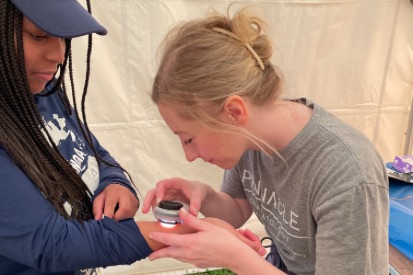
Schedule Your Skin Check at Pinnacle
If you're concerned about your skin health or have noticed any unusual changes, contact Pinnacle Dermatology today to schedule a consultation with our experienced dermatologists. Early detection and effective treatment can make all the difference in your skin’s health and appearance.
Featured Products for Sun Safety
Check your local office for current stock!
Check your local office for current stock!
Featured Blogs

- Skin Cancer
- Skin Exams
- Sun Safety
When it comes to skin cancer detection, the saying "better safe than sorry" couldn't be more appropriate.
Read More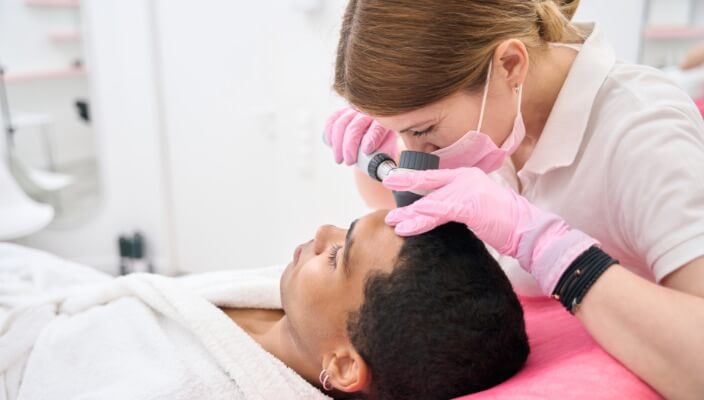
- Skin Cancer
- Skin Exams
Uncover crucial facts about skin cancer prevention, dispel myths, and stress the significance of sun protection and regular skin checks, all underlined by compelling statistics.
Read More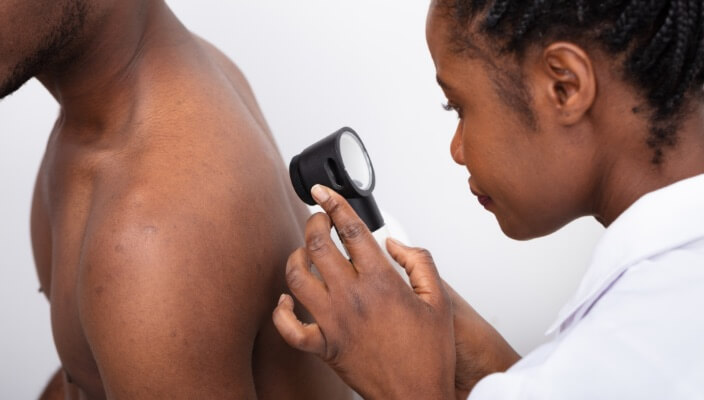
- Skin Cancer
- Skin Exams
Total Body Skin Exams (TBSEs) are crucial for healthy skin. Learn more about the importance of TBSEs and skin cancer detection.
Read More
